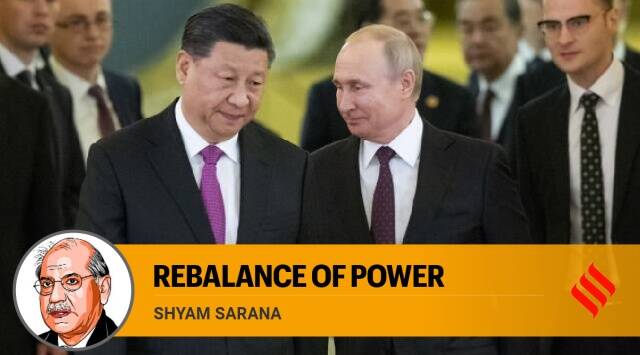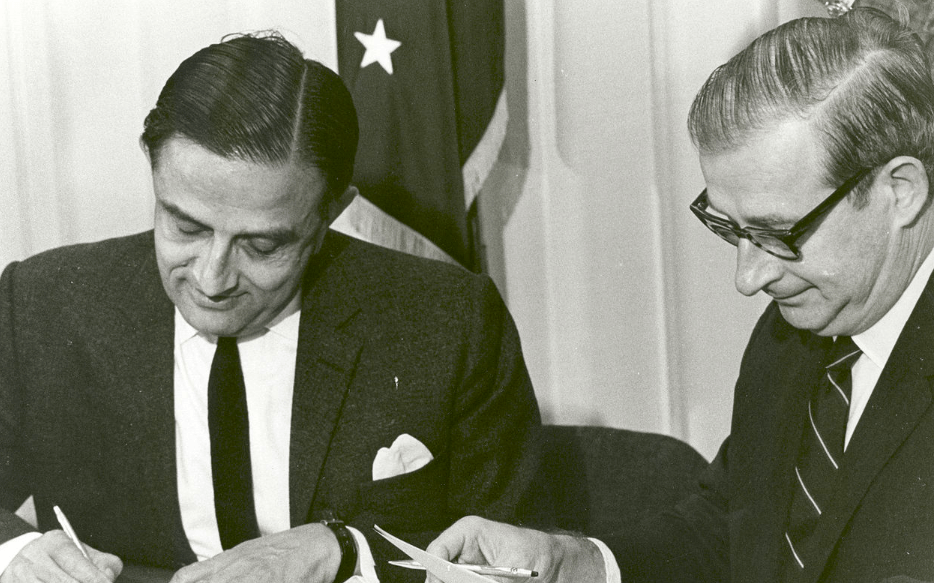What Do We Know About India’s New Space Policy?
THE DIPLOMAT
APLN member Rajeswari Pillai Rajagopalan writes on the Indian Space Policy 2023, a much-awaited document that brings clarity regarding institutional roles and responsibilities and better resource allocation. The policy can also break down the barriers for greater private sector engagement. Read the original article here.
On April 6, the Indian Cabinet Committee on Security approved India’s space policy. The Indian Space Policy 2023, as it is titled, clarifies the role and responsibilities of the Indian Space Research Organization (ISRO), NewSpace India Limited (NSIL), and the Indian National Space Promotion and Authorization Center (IN-SPACe), as well as that of the private players in the Indian space sector. The government is yet to issue the text of the policy, but Minister of State for Science and Technology and Earth Sciences Jitendra Singh’s interactions with media, as well as media reports, detail the various provisions in the policy.
The new space policy opens up the Indian space sector, providing a place for the private sector to play an active role in augmenting the development and competitiveness of the Indian space program. Facilitating an enhanced role of the private sector allows the ISRO to focus on aspects like the research and development of advanced space technologies, space exploration and other such non-commercial missions.
One of the key aspects of the new policy appears to be the clear outlining of the roles and responsibilities of the different institutional arrangements in India’s space program. A clear outline of the roles and responsibilities of ISRO, NSIL, and IN-SPACe can provide the private sector the clarity that it has long sought.
Singh told the media that the new space policy “will offer clarity in the role of the components set up (in the recent past).” He added that it will facilitate participation of the private sector in end-to-end space activities including building rockets, satellites, and launch vehicles, as well as in data collection and industry.
The new policy is expected to enhance overall ISRO missions with the greater participation of non-government entities, including academia and the research community as well as startups and industry. According to the minister, strategic activities within the space sector will be handled by NSIL, which is an institutional set up within the Department of Space that will address these activities in a “demand-driven mode.” The other recent institutional set up that will be critical in coordination between the public sector and the private players is IN-SPACe.
After recent successful cooperation between the private sector and ISRO, Dr. S. Somnath, chairman of ISRO, appears to be quite upbeat about private sector participation in space. Speaking to the media, Somnath said that the new policy is focused on strengthening the participation of private players in India’s space program. The ISRO chairman also said that the new policy outlines a framework under which the private sector can use ISRO facilities for a small fee. The policy also looks upon private players to create new infrastructure in the space sector.
In what can be seen as a critical move, Somnath told the media that “ISRO will not do any operational and production work for the space sector and focus its energies on developing new technologies, new systems and research and development.” This essentially means that the routine production and launches that the ISRO was so caught up with until now will be handled by the private sector completely. These are changes that Indian space policy analysts have long argued for. In fact, Lt. Gen. AK Bhatt (retd.), director general of the Indian Space Association, said that “We have been waiting for it for quite some time, and today’s announcement has come as a pleasant surprise. We keenly await and look forward to going through the details of the policy.” He added that this is “a special moment for private Space in India,” one that will unshackle the Indian space ecosystem.
Almost a decade ago, I argued (here and here) the need for an open space policy that integrated both the commercial and national security requirements in a balanced fashion, as well as the need for a military space policy for India. Just as India remains committed to nuclear disarmament issues, even as India conducted nuclear tests in 1998, India can remain wedded to an agenda promoting the peaceful use of outer space while still confronting the new realities of greater military dependence on space assets. This is the result of the changes in the space domain both within the region and beyond as well as the rapidly evolving geopolitics.
In yet another piece a decade ago, I outlined the benefits of having an open space policy including as a messaging tool, both for friends and potential foes. In addition, an open space policy can be effectively used to moderate fears and concerns, rebuild confidence, and bring about greater clarity that is required in the Indian space domain. This is particularly so in the context of institutional roles and responsibilities as well as better resource allocation.
Outlining policy in the open is also important for outlining India’s objectives in the space domain; both short- and long-term goals are key in this regard. Ideally, these goals have to emanate from the political leadership that has a much more comprehensive view of where it wants India to be in the next 25 years and accordingly fashion the space priorities. As compared to a decade ago, it appears that the political leadership today has taken better ownership of the space sector, which is a positive development for the sector moving forward.
Image: Depositphotos




